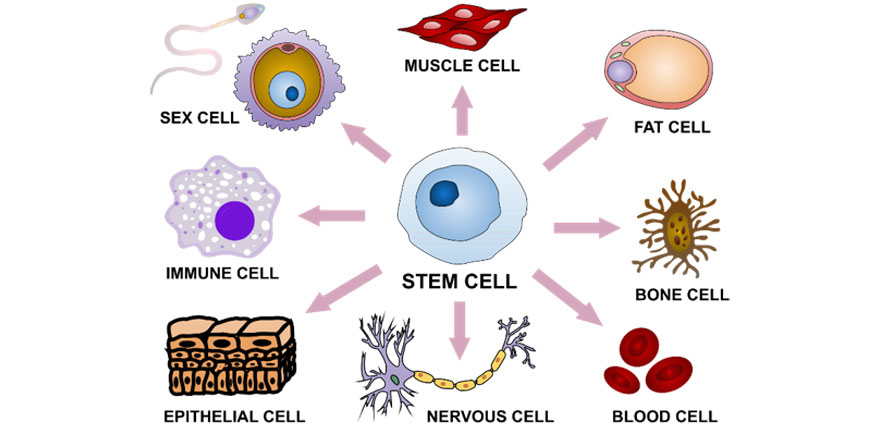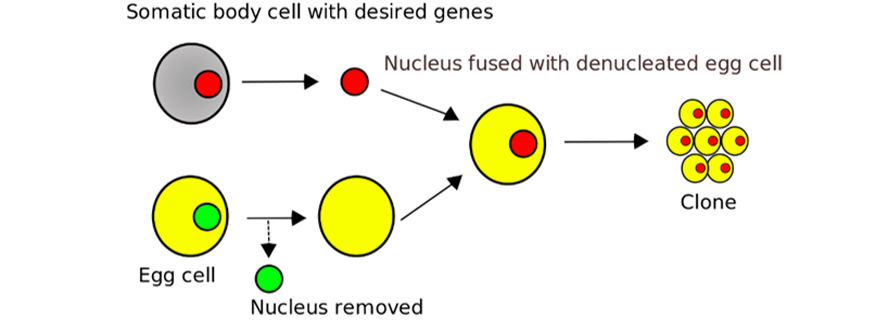Welcome to Matrix Education
To ensure we are showing you the most relevant content, please select your location below.
Select a year to see courses
Learn online or on-campus during the term or school holidays
Learn online or on-campus during the term or school holidays
Learn online or on-campus during the term or school holidays
Learn online or on-campus during the term or school holidays
Learn online or on-campus during the term or school holidays
Learn online or on-campus during the term or school holidays
Learn online or on-campus during the term or school holidays
Get HSC Trial exam ready in just a week
Get HSC exam ready in just a week
Select a year to see available courses
Science guides to help you get ahead
Science guides to help you get ahead

Are you trying to stop a negative mutation spreading and ruining your Biology marks? In this article, we’re going to guide you through Genetic Change so you can selectively breed your marks up to an A+!
This module expands on the knowledge you gained from the previous Module 5: Heredity. It outlines the types of mutations that can permanently alter DNA and their overall impact on the organism.
The topics covered include:
A mutation is any permanent change in the DNA base sequence and typically occurs during DNA replication before cell division. Mutations can impact on cell activity, go unnoticed, give rise to different phenotypes or cause cancer in an organism. They can occur spontaneously inside the cell or be induced by environmental factors (e.g. UV radiation).
There are two main types of mutations:
Point mutations are gene mutations where one or more nitrogenous bases get altered in the DNA sequence of a gene. Types of point mutations include base substitution, insertion and deletion.
Base substitution can be further divided into three categories including silent, nonsense and missense.
| Type of mutation | Detail |
| Silent Mutation | A codon is changed for another codon which codes for the SAME amino acid and thus has no effect on the protein being produced.E.g. AGG → CGG both code for the amino acid arginine. |
| Nonsense Mutation | A codon is changed to a STOP codon signalling early termination of protein synthesis thus causing non-functional protein to be produced.
|
| Missense Mutation | A codon is changed to ANOTHER codon which encodes for a DIFFERENT amino acid producing an altered protein such as in sickle cell anaemia! |
Insertion and deletion of nucleotides in the DNA sequence cause frameshift mutations that alter the overall reading frame of the gene past the mutation, producing altered proteins as a result.
Chromosomal Mutations are mutations that alter the structure or number of chromosomes. Chromosomal Mutations affecting the STRUCTURE of chromosomes (block mutations) include:
Chromosomal mutations affecting the NUMBER of chromosomes are caused by non-disjunction which occurs during cell division and is a result of chromosomes not separating properly into the gametes.

Trisomy occurs when there is an extra copy of the SAME chromosome. Down syndrome is a common result of Trisomy 21 where there are three copies of chromosome 21 instead of two in the offspring.
Polyploidy occurs when there are extra sets of chromosomes, e.g. instead of being diploid (2N), the offspring is triploid (3N) or tetraploid (4N). This type of mutation is fatal in humans, but can be useful in crop plants as it gives rise to traits such as large seedless fruits.
Mutagens are the cause of induced mutations and there are a variety of types:
The impact of mutations will depend on whether the mutation occurs in a somatic or gametic cell. Somatic cell mutations occur in body cells affecting only the individual organism in which the mutation occurred in. Germ-line mutations occur in gametic cells (sperm or egg) and can be passed on to the offspring.
The impact of a mutation also depends on whether it occurs in the coding or non-coding DNA regions. A mutation in a coding region disrupts gene function and is likely to modify a protein product. A mutation on non-coding DNA is less likely to have an impact and is more likely to be passed on to the next generation.
Don’t leave it to the last minute, get expert help now! Learn more about our Matrix+ Biology HSC Prep Course.
Don't just memorise. Understand.
Expert teachers, weekly quizzes, one-to-one help! Ace your next Biology assessment with Matrix+ Online.
Biotechnology is the area of biology that uses living systems or organisms to develop or modify products to benefit mankind. Various past uses of biotechnology include:

Biotechnologies that were developed more recently include:

Future directions for biotechnology could include:

While the use of modern biotechnology is incredibly useful, it is not without its issues. With the expansion of genetic screening, there is concern about who has access to someone’s personal genetic information and whether it could be used to discriminate against them. This technology can also be used to screen embryos and select ones with ‘favourable’ characteristics in an unethical way.
Similarly, CRISPR-cas9 can be used to modify the genes of an embryo with unpredictable consequences (e.g. new mutations). Many of these biotechnologies are also expensive and so are not equally available to everyone, exacerbating existing inequality.
CRISPR-Cas9 offers potential cures for illnesses like haemophillia. But it is also a technology that raises ethical dillemas and has already seen misuse by some researchers who altered genes in human embryos.
Even simple biotechnology such as selective breeding can be useful for humans but may affect the welfare of the animal. For example, Belgian blue cattle have been selected for a mutation that gives them extra muscle mass, but as a result they cannot give birth naturally and suffer from many health issues.
Artificial insemination involves the assisted placement of sperm into the female reproductive tract in animals. It be used for medical or agricultural purposes (e.g. cattle breeding). Artificial pollination is the assisted transfer of pollen from the male part of a flower to the female part of the flower in plants. It is used to selectively breed plants with desirable traits such as higher crop yield.
Both practices increase genetic variability by allowing crosses that would never have occurred naturally due to distance or time factors. However, they decrease variability and thus Earth biodiversity long term as the same traits are selected for every time and the same male may be used many times.
Cloning is a process that involves making an exact copy of genetic material. It includes:
Whole organism cloning is achieved by somatic cell nuclear transfer where the nucleus is taken from a somatic cell of the organism to be cloned and inserted into an egg from a different individual (that has had the nucleus removed).

Gene cloning can be achieved through recombinant DNA – an artificially created DNA sequence achieved by combining two or more DNA segments that do not usually occur adjacent to one another. Recombinant DNA can be used in multiple fields including agriculture and medical applications.
DNA segments from different species are sometimes integrated in this way in order to produce a transgenic organism. For example, Bt cotton is a transgenic organism has been modified to produce its own pesticide in order to maximize yield. Insulin can be produced by transgenic bacteria containing the human gene for insulin, as shown below.
Creating transgenic species has many benefits for agriculture, medicine and industry. However, their use has raised many social and ethical questions:
Golden rice is a genetically modified crop with a gene from corn which is intended to increase its Vitamin A content for improved nutrition. While this product has the capacity to save millions of lives, there are concerns for its safety, profitability, impact on the environment and effectiveness.

The biotechnologies covered in module 6 have an impact on genetic, species and ecosystem biodiversity.
| Biotechnology | Impact on biodiversity |
| Selective breeding | Decreases genetic diversity by inbreeding to create homozygous individuals. Leaves the species vulnerable to diseases. |
| Monoculture | Decreases species and ecosystem diversity by growing a single species over a large area. |
| Artificial insemination | Increases genetic diversity by crossing individuals that would not do so naturally. Decreases genetic diversity if the same male is used many times. |
| Artificial pollination | Increases genetic diversity by crossing individuals that would not do so naturally. Decreases genetic diversity if the same male is used many times. |
| Whole organism cloning | Decreases genetic diversity in a population by creating genetically identical copies. |
| Transgenic organisms | Increases genetic diversity by inserting genes from a different species. However, transgenic organisms are often cloned. Transgenic organisms are given a genetic advantage that may allow them to out-compete other species. |
© Matrix Education and www.matrix.edu.au, 2025. Unauthorised use and/or duplication of this material without express and written permission from this site’s author and/or owner is strictly prohibited. Excerpts and links may be used, provided that full and clear credit is given to Matrix Education and www.matrix.edu.au with appropriate and specific direction to the original content.